Digital literacy expert Michael Caulfield developed the SIFT method as a technique for distinguishing truth from fiction on the web. For popular sources like social media posts, newspaper articles, blog posts, and similar formats, SIFT will be faster and more accurate than other techniques. It is especially effective when used alongside lateral reading, which is described in the second section of this page. Caulfield refers to each step of the SIFT method as a "move." The material below is a lightly edited version of material found on Caulfield's open educational resource: SIFT (The Four Moves) | Hapgood

The first move is the simplest. STOP reminds you of two things.
First, when you first hit a page and start to read it — STOP. Ask yourself whether you know and trust the website or source of the information. If you don't, use the other moves to get a sense of what you're looking at. Don't read it or share it until you know what it is.
Second, after you begin the process and use the moves it can be too easy to go down a rabbit hole, chasing after more and more obscure facts or getting lost in a "click cycle". If you feel yourself getting overwhelmed in your fact-checking efforts, STOP and take a second to remind yourself what your goal is. Adjust your strategy if it isn't working. Make sure you approach the problem at the right amount of depth for your purpose.
The key idea is to know what you're reading before you read it.
This doesn't mean you have to do a Pulitzer prize-winning investigation into a source before you engage with it. But if you're reading a piece on economics by a Nobel prize-winning economist, you should know that before you read it. Conversely, if you're watching a video on the many benefits of milk consumption that was put out by the dairy industry, you probably want to know that as well.
This doesn't mean the Nobel economist will always be right and that the dairy industry can't ever be trusted. But knowing the expertise and agenda of the source is crucial to your interpretation of what they say. Taking sixty seconds to figure out where it is from before reading will help you decide if it is worth your time, and if it is, help you to better understand its significance and trustworthiness.
Sometimes you don't care about the particular article that reaches you. You care about the claim the article is making. You want to know if it is true or false. You want to know if it represents a consensus viewpoint, or if it is the subject of much disagreement.
In this case your best strategy is to ignore the source that reached you and look for other trusted reporting or analysis on the claim. In other words, if you receive an article that says koalas have just been declared extinct from the Save the Koalas Foundation, the winning strategy may be to open up a new tab and find the best source you can that covers this, or, just as importantly, scan multiple sources to see what the consensus seems to be. In these cases we encourage you to "find trusted coverage" that better suits your needs — more trusted, more in-depth, or maybe just more varied. We'll show you some techniques to do this sort of thing quickly.
Do you have to agree with the consensus? Absolutely not! But understanding the context and history of a claim will help you better evaluate it.
A lot of things you find on the internet have been stripped of context. Maybe there's a video of a fight between two people. But what happened before that? Who started it? What was clipped out of the video and what stayed in? Maybe there's a picture that seems real but the caption is dubious at best. Maybe a claim is made about a new medical treatment supposedly based on a research paper — but you're not certain if the paper supports it.
In these cases we'll have you trace the claim, quote, or media back to the source, so you can see it in its original context and get a sense if the version you saw was accurately presented.
There's a theme that runs through all of these moves: it's about getting the necessary context to read, view, or listen effectively. And doing that first.
One piece of context is who the speaker or publisher is. What's their expertise? What's their agenda? What's their record of fairness or accuracy? So we investigate the source. Just as when you hear a rumor you want to know who the source of it is before reacting to it, when you encounter something on the web you need the same sort of context.
When it comes to claims, a key piece of context includes whether they are broadly accepted or rejected or something in-between. By scanning for other coverage you can see the expert consensus on a claim, learn the history around it, and ultimately land on a better source.
Finally, when evidence is presented with a certain frame — whether a quote or a video or a scientific finding — sometimes it helps to reconstruct the original context in which the photo was taken or research claim made. It can look quite different in context!
In some cases these techniques will show you claims are outright wrong, or that sources are legitimately "bad actors" who are trying to deceive you. But even when material is not intentionally deceptive, the moves do something just as important: they reestablish the context that the web so often strips away, allowing for more fruitful engagement with all digital information.
